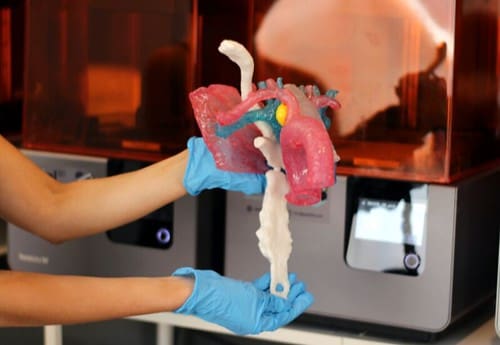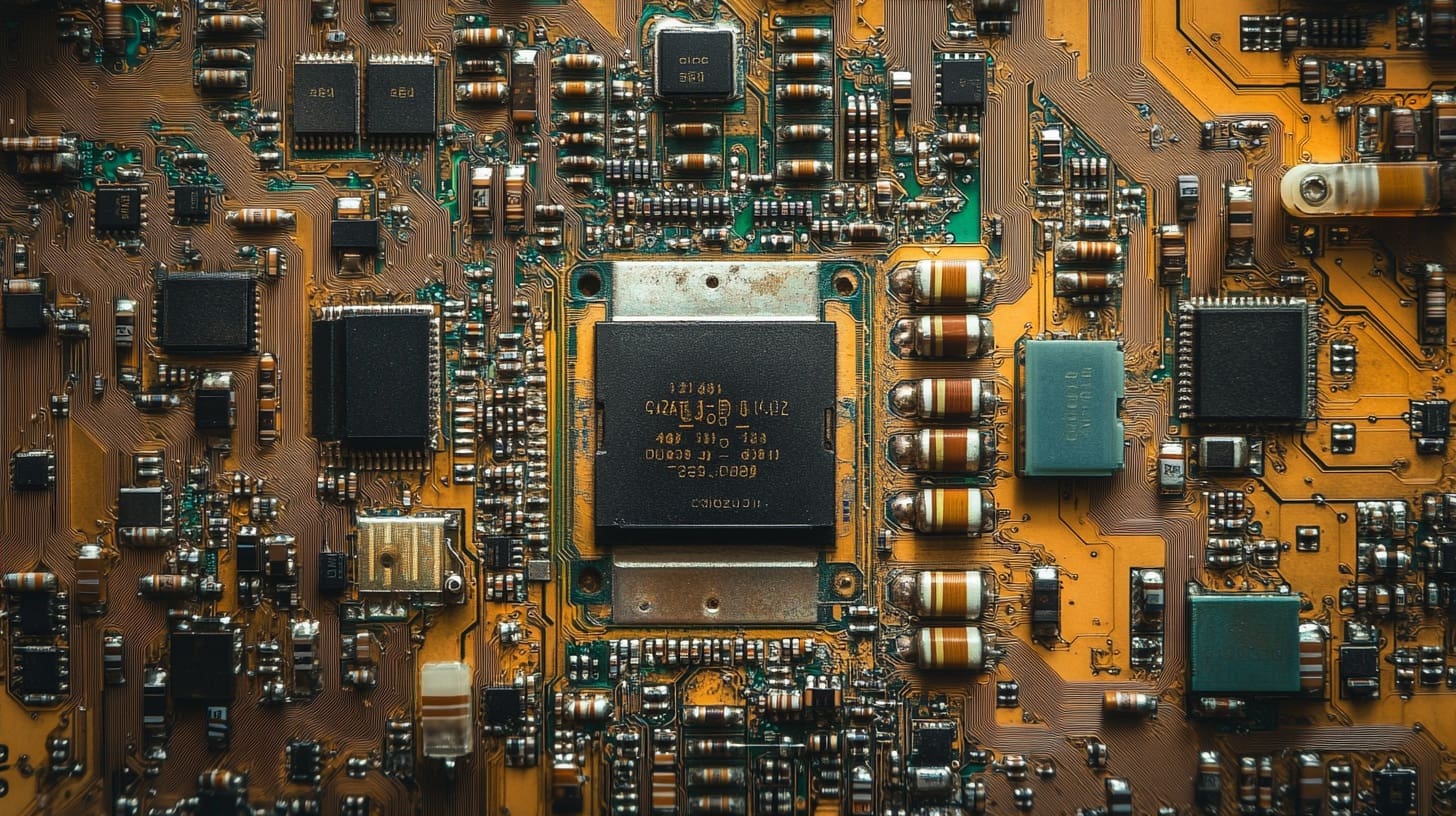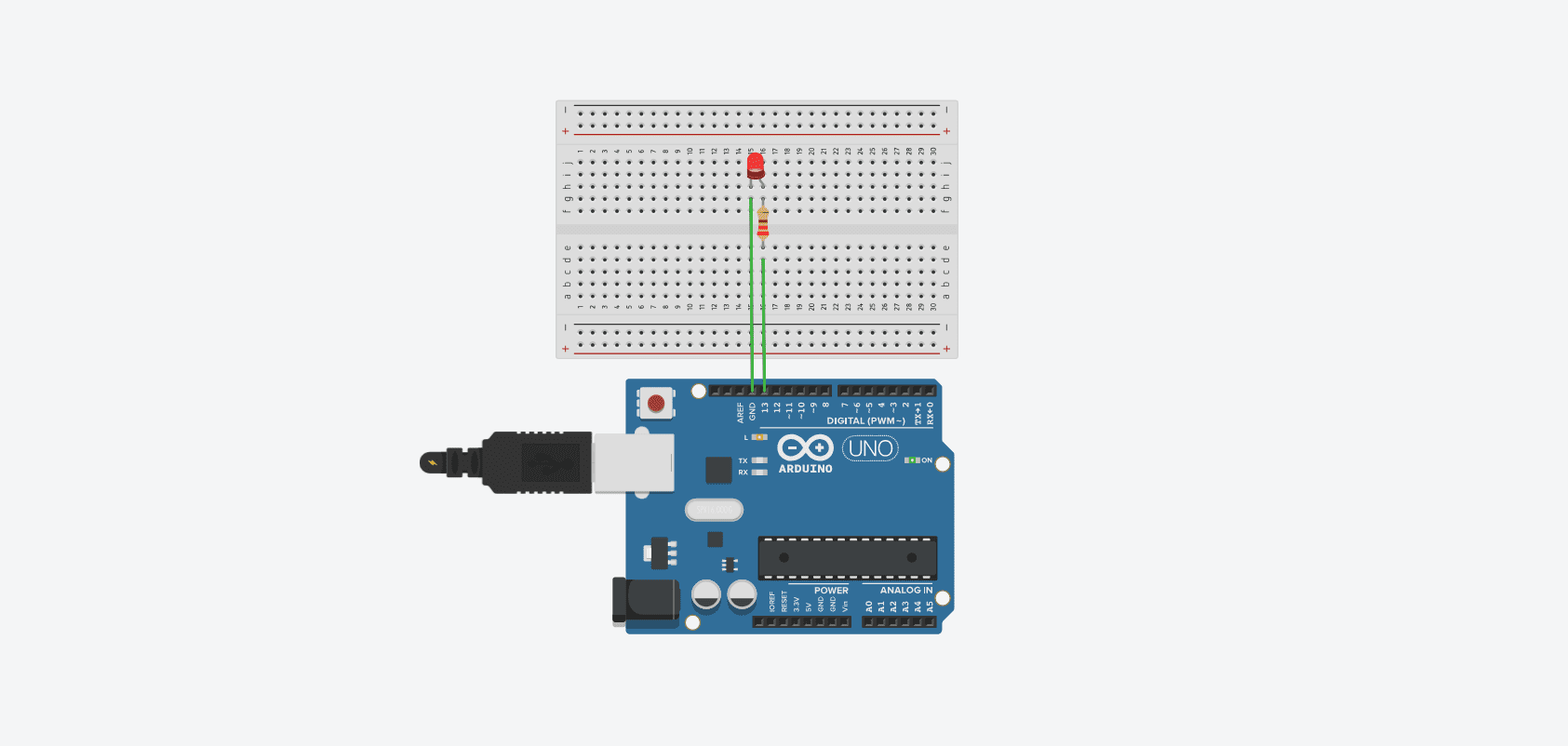Biomedical engineering integrates principles from engineering with the biological sciences to develop technologies and treatments that improve human health. 3D printing, or additive manufacturing, has emerged as a transformative force in this field, significantly enhancing the capability to create customized medical devices, advanced prosthetics, and even complex tissue structures. This technology is reshaping how medical professionals approach patient care, from diagnosis and treatment to recovery and rehabilitation, by providing more personalized and effective solutions.
The Emergence of 3D Printing in Biomedical Engineering
Originally utilized for prototyping in industrial applications, 3D printing has evolved into a critical tool in biomedical engineering. Advances in printer technologies and biocompatible materials have made it possible to fabricate devices that are custom-fitted to the patient’s anatomy and meet stringent medical standards. Today, 3D printing is not only about creating models but also about producing functional, implantable devices designed to interact seamlessly with the human body.

Advantages of 3D Printing in Biomedical Engineering
Customization and Precision: 3D printing allows for the production of medical devices and implants tailored precisely to the patient’s anatomy, enhancing comfort and effectiveness. This is especially important in areas like orthopedics and dental work, where a perfect fit is crucial to the success of the treatment.
Complex Geometries and Functional Integration: The ability to produce complex geometries easily is particularly beneficial for creating intricate internal structures that can mimic natural tissue or optimize biological integration, such as in scaffolds for tissue engineering.
Rapid Prototyping and Iterative Design: 3D printing facilitates quick prototyping, enabling biomedical engineers to develop, test, and refine their designs efficiently. This capability significantly accelerates the development process, allowing for rapid advancements in medical technology.
Cost Reduction: For small production runs and highly personalized medical products, 3D printing can be more cost-effective than traditional manufacturing methods, reducing the barrier to accessing cutting-edge medical treatments.
Key Applications of 3D Printing in Biomedical Engineering
Prosthetics and Orthotics: Custom-designed prosthetics and orthotic devices that perfectly fit the user can be produced using 3D printing, improving comfort and mobility while being significantly more affordable than traditional methods.
Implantable Devices: From cranial implants to joint replacements, 3D printing can produce complex, patient-specific implants that offer improved integration and functionality compared to off-the-shelf solutions.
Biological Tissue and Organ Fabrication: One of the most promising areas of 3D printing in biomedical engineering is the development of bioprinting techniques that can create viable tissue structures for medical research and, ultimately, organ replacement.
Surgical Planning and Simulation: 3D-printed models of patient-specific anatomy can be used for pre-surgical planning and educational purposes, helping surgeons to visualize and practice complex procedures before performing them on a patient.

Challenges in 3D Printing for Biomedical Engineering
Despite its transformative potential, the integration of 3D printing into biomedical engineering faces several significant challenges:
Material Biocompatibility and Sterility: Ensuring that 3D-printed materials are not only biocompatible but also can be sterilized according to medical standards is crucial. The development and regulatory approval of new materials can be lengthy and costly.
Regulatory Approvals: The use of 3D-printed medical products is heavily regulated, and navigating the approval process for new devices can be complex and time-consuming. Ensuring compliance with international standards and regulations is essential for the widespread adoption of this technology.
Technical Expertise: The design and production of 3D-printed biomedical devices require specialized knowledge of both engineering and biological systems, necessitating a multidisciplinary approach and extensive training.
Scalability: While 3D printing is ideal for producing customized, low-volume products, scaling the technology for mass production remains a challenge, particularly in terms of speed and cost-efficiency.
Future Directions in 3D Printing for Biomedical Engineering
The future of 3D printing in biomedical engineering is promising, with ongoing research and development expected to address existing challenges and expand capabilities. Innovations in bioprinting, new biocompatible materials, and integrated electronic functionalities within printed devices are likely to drive significant progress in this field.
3D printing is set to continue its revolutionary impact on biomedical engineering, offering new ways to improve patient care through customized medical solutions. As the technology advances, it promises to enable more sophisticated, effective, and personalized medical treatments, potentially transforming the landscape of healthcare and patient outcomes.








